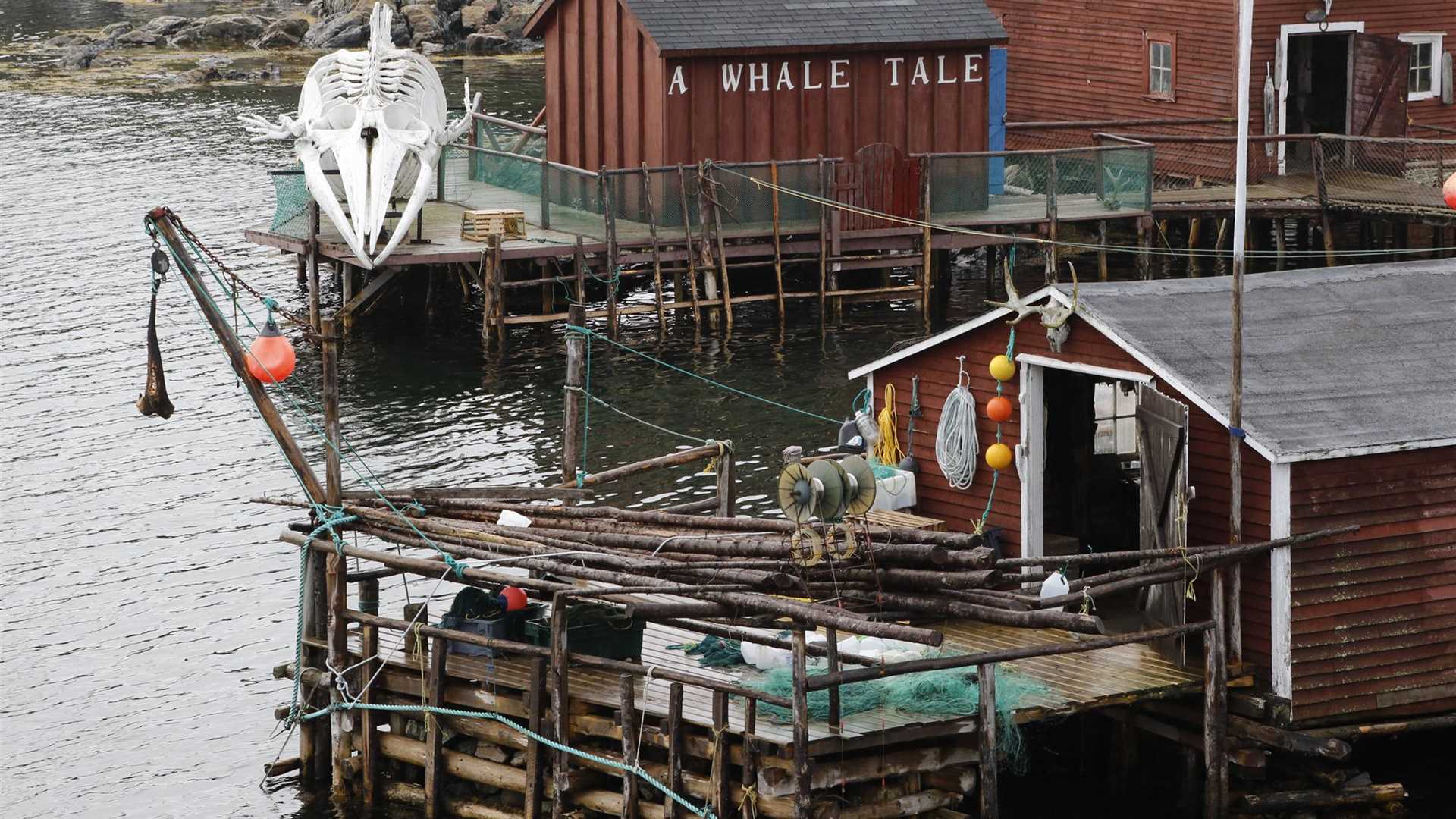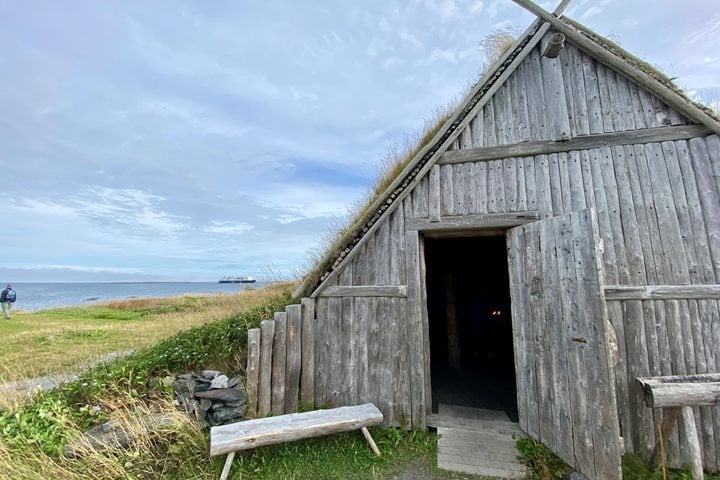The Mayor of Twillingate braved the somewhat inclement weather this morning to welcome us ashore at this sleepy coastal settlement which dates back to the early 18th century. Back then both French and English fishermen came across from Europe to work the rich waters of the area. The communities here have had a close connection to, and affinity with, the sea by which their textured culture has to a large degree been shaped. The first visit on our agenda was to the Prime Berth Fishing Heritage Museum. Here we were treated to a personalised guided tour by Dave, the owner of the facility, who gave us a firsthand account of the everyday life of a coastal fisherman in these waters. We had a demonstration of splitting and salting cod fish. Plus, the intricacies and nuances of tying hooks on lines, placing lobster and crab pots and much more were explained. The museum itself consists of a number of timber-built huts which are jam-packed with an incredible, eclectic mix of artefacts related to working the sea. On one of the wharfs the skeleton of a whale is displayed while at every turn some new wonder catches the eye, making it on top of everything else, a photographers’ paradise.
A contingent of energetic guests went for a hike along a section of coast in the vicinity of Long Point Lighthouse. Just as they left their coach a band of low-lying fog lifted revealing spectacular vistas of the dramatic cliff drop-offs. A meandering, narrow dirt trail gave access to the remains of a 19th century copper mine. Impending autumn announced itself in the tannin-tinted leaves of some of the deciduous vegetation interspersing the spruce forest. Hugging the ground were blueberries, bunchberries, and cranberries in profusion. These fruits have been used to produce a range of mouth-watering wines. Opened 19 years ago, the Auk Island Winery has been a huge success. Our visit here included sampling a selection of the fine beverages that they produce.
Another highlight of our morning was a visit to the Twillingate Historical Museum. The home of an erstwhile rector of the nearby Anglican Church of St. Peter, it now houses a significant collection of everyday household items and furnishings. Combined, these provided an intimate insight into local life in bygone times. The museum is run by a group of volunteers who lovingly mind this treasure chest of community heritage.






